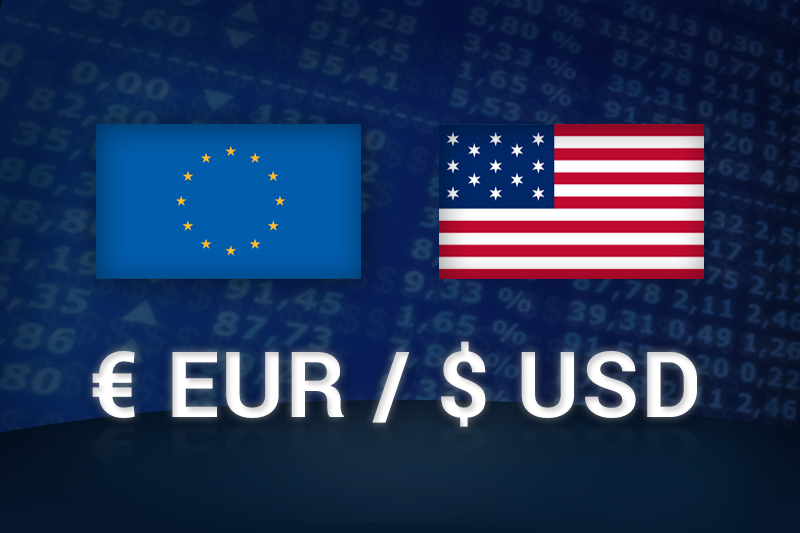Investing.com - The euro pulled back from the session high against the U.S. dollar on Tuesday, after a senior German politician, who was earlier reported to support a precautionary credit line for Spain, said his comments were “over-interpreted”.
EUR/USD pulled back from 1.3059, the pair’s highest since October 5, to hit 1.3030 during U.S. morning trade, still up 0.63% for the day.
The pair was likely to find support at 1.2942, the session low and resistance at 1.3120, the high of September 18.
Michael Meister, a deputy caucus leader of Chancellor Angela Merkel’s Christian Democratic Party denied referring to Spain in his comments, which he said were “over-interpreted”.
The euro rallied earlier in the session, following media reports that Meister and another senior German lawmaker backed a Spanish application for a precautionary credit line from the European Stability Mechanism, the euro zone’s permanent bailout fund.
On Monday, Spanish government officials said they were exploring the option of requesting a credit line from the ESM, in order to satisfy the terms of the European Central Bank’s bond buying program, but then not using it, instead waiting for borrowing costs to fall.
Elsewhere in the euro zone, talks between the Greek government and the troika broke down in Athens, as the country struggles to meet deficit reduction targets demanded by international creditors.
The euro remained supported after the ZEW index of German economic sentiment improved to minus 11.5 in October from September’s reading of minus 18.2. Economists had forecast a reading of minus 15.0 this month.
Separately, official data showed that consumer price inflation in the euro zone slowed to 2.6% in September, down from a preliminary estimate of 2.7%.
In the U.S., the Labor Department said consumer prices rose by 0.6% in September, above expectations for a 0.5% gain on the back of higher gasoline prices.
The euro was close to one-month highs against the pound and the yen, with EUR/GBP up 0.50% to 0.8098 and EUR/JPY rallying 1.05% to 102.89.
Also Tuesday, official data showed that industrial production in the U.S. rose 0.4% in September, above expectations for a 0.2% increase, after dropping by an upwardly revised 1.4% in August.
EUR/USD pulled back from 1.3059, the pair’s highest since October 5, to hit 1.3030 during U.S. morning trade, still up 0.63% for the day.
The pair was likely to find support at 1.2942, the session low and resistance at 1.3120, the high of September 18.
Michael Meister, a deputy caucus leader of Chancellor Angela Merkel’s Christian Democratic Party denied referring to Spain in his comments, which he said were “over-interpreted”.
The euro rallied earlier in the session, following media reports that Meister and another senior German lawmaker backed a Spanish application for a precautionary credit line from the European Stability Mechanism, the euro zone’s permanent bailout fund.
On Monday, Spanish government officials said they were exploring the option of requesting a credit line from the ESM, in order to satisfy the terms of the European Central Bank’s bond buying program, but then not using it, instead waiting for borrowing costs to fall.
Elsewhere in the euro zone, talks between the Greek government and the troika broke down in Athens, as the country struggles to meet deficit reduction targets demanded by international creditors.
The euro remained supported after the ZEW index of German economic sentiment improved to minus 11.5 in October from September’s reading of minus 18.2. Economists had forecast a reading of minus 15.0 this month.
Separately, official data showed that consumer price inflation in the euro zone slowed to 2.6% in September, down from a preliminary estimate of 2.7%.
In the U.S., the Labor Department said consumer prices rose by 0.6% in September, above expectations for a 0.5% gain on the back of higher gasoline prices.
The euro was close to one-month highs against the pound and the yen, with EUR/GBP up 0.50% to 0.8098 and EUR/JPY rallying 1.05% to 102.89.
Also Tuesday, official data showed that industrial production in the U.S. rose 0.4% in September, above expectations for a 0.2% increase, after dropping by an upwardly revised 1.4% in August.
